Nike Air shoes
5.911 articles- Nike
- Air Pegasus Wave "Flat Silver & Vast Grey"
- Men / Sportstyle / Shoes
- $138
- Nike
- Air Max 1 '86 x Jacquemus "Sail & Summit White"
- Women / Sportstyle / Shoes
- Nike
- Air Max SNDR "Black & Silver"
- Women / Sportstyle / Shoes
- $130
- Nike
- Air Max Phenomena "Burgundy Crush & Burgundy Ash"
- Women / Shoes
- $220
- Nike
- Air Max Phenomena "Black & Smoke Grey"
- Women / Sportstyle / Shoes
- $220
- Nike
- Air Superfly "Metallic Gold"
- Women / Sportstyle / Shoes
- $90
- Nike
- Air Superfly "Pale Ivory & Metallic Silver"
- Women / Sportstyle / Shoes
- $90
- Nike
- Air Superfly LX ‘Pony Hair’ "Sail & Soft Yellow"
- Women / Sportstyle / Shoes
- $100
- Nike
- Air Superfly ‘Pony Hair’ "Black & Off-Noir"
- Women / Sportstyle / Shoes
- $100
- Nike
- Air Superfly "Light British Tan & Baroque Brown"
- Women / Sportstyle / Shoes
- $100
- Nike
- Air Max Moto 2K "White & Pink Spell"
- Women / Sportstyle / Shoes
- $190
- Nike
- Air Rift "Metallic Silver & Sail"
- Women / Sportstyle / Shoes
- $140
- Nike
- Air Max SNDR "White & Metallic Silver"
- Women / Sportstyle / Shoes
- $140
- Nike
- Air Max Muse "Desert Sand"
- Women / Sportstyle / Shoes
- $144
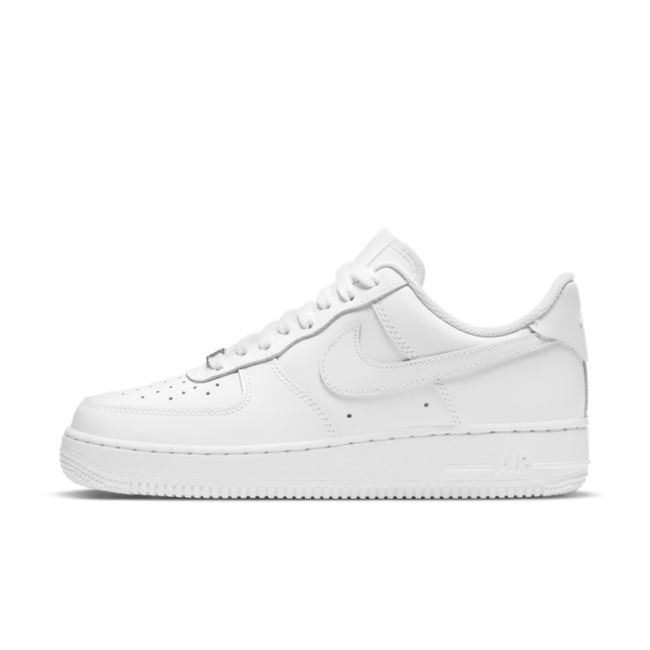
- Nike
- Air Force 1 '07 "Triple White"
- Women / Sportstyle / Shoes
- $170
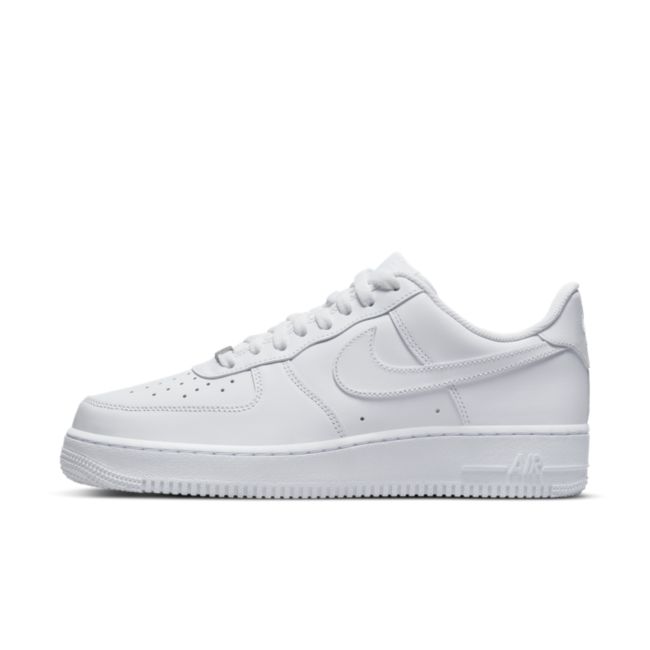
- Nike
- Air Force 1 '07 "Triple White"
- Men / Sportstyle / Shoes
- $170
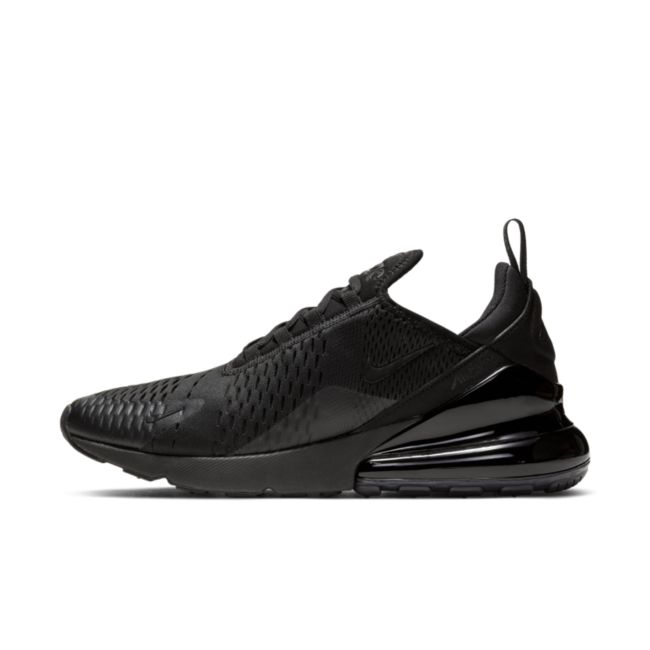
- Nike
- Air Max 270 "Triple Black"
- Men / Sportstyle / Shoes
- $230
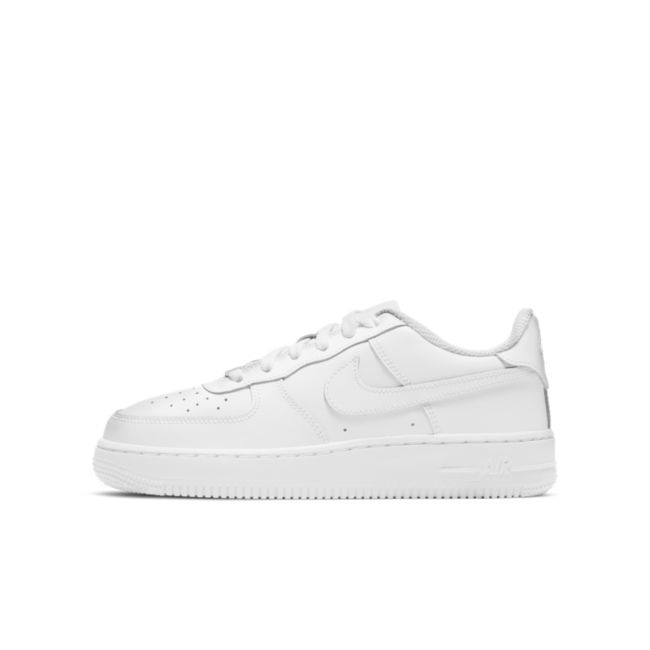
- Nike
- Air Force 1 LE "Triple White"
- Kids / Sportstyle / Shoes
- $150
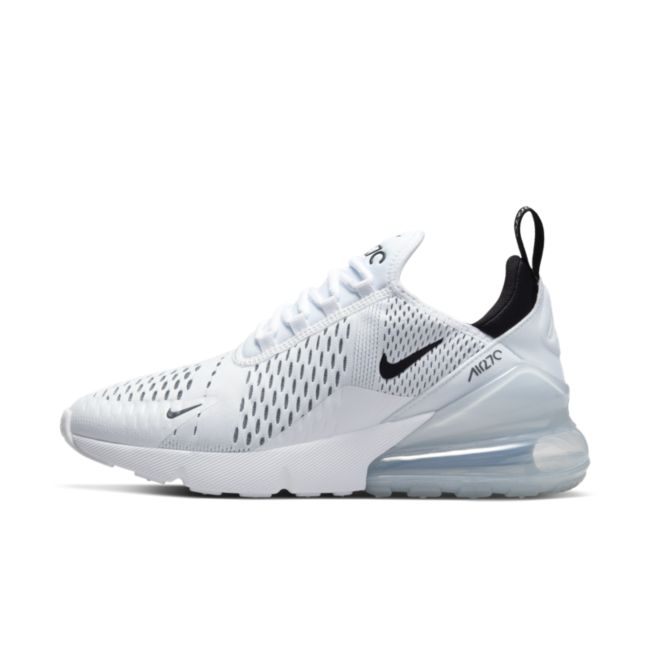
- Nike
- Air Max 270 "White & Black"
- Women / Sportstyle / Shoes
- $230
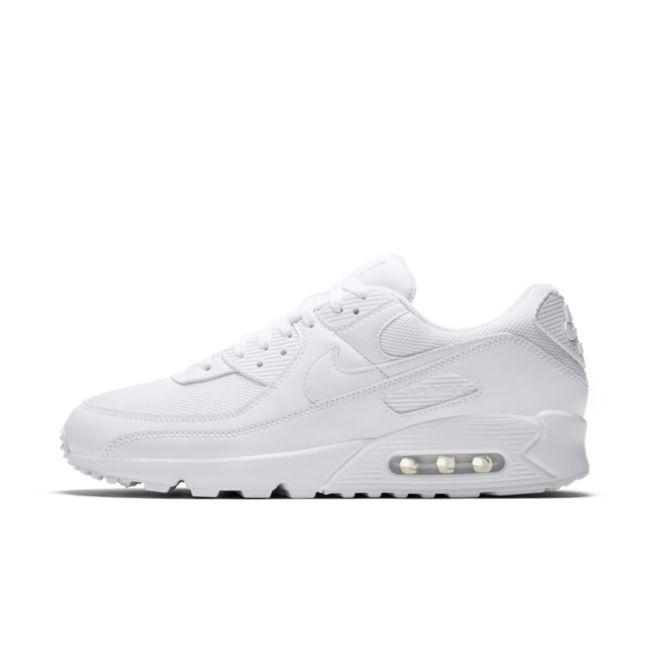
- Nike
- Air Max 90 "Triple White"
- Men / Sportstyle / Shoes
- $180
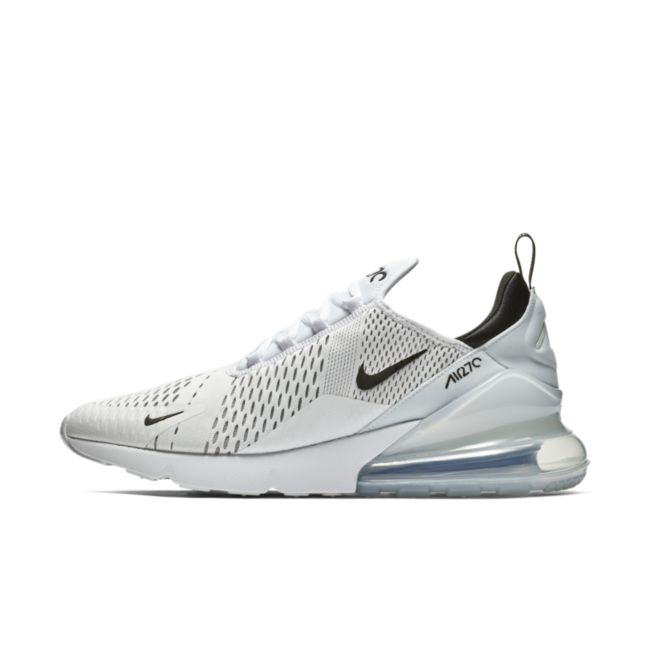
- Nike
- Air Max 270 "White & Black"
- Men / Sportstyle / Shoes
- $230

- Nike
- Air Max 270 "Triple Black"
- Women / Sportstyle / Shoes
- $230

- Nike
- Air Max 90 "Triple Black"
- Men / Sportstyle / Shoes
- $180
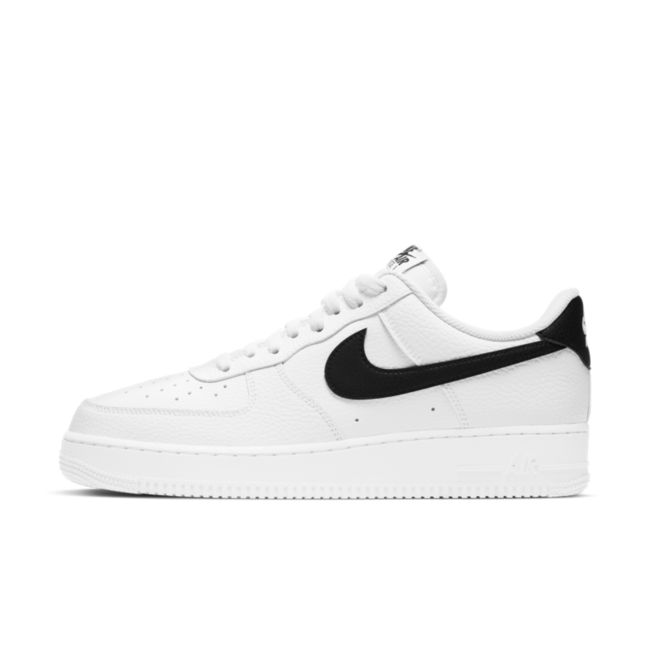
- Nike
- Air Force 1 '07 "White & Black"
- Men / Sportstyle / Shoes
- $170

- Nike
- Air Force 1 Mid '07 "Triple White"
- Men / Sportstyle / Shoes
- $180
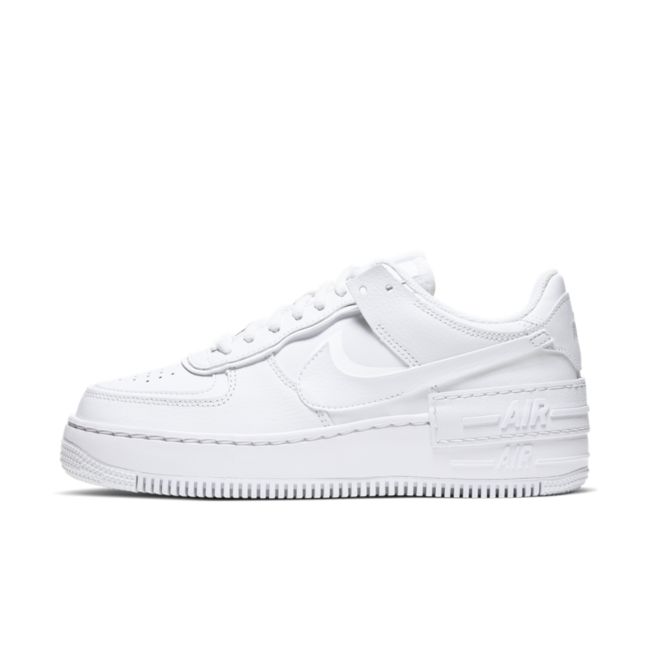
- Nike
- Air Force 1 Shadow "Triple White"
- Women / Sportstyle / Shoes
- $200
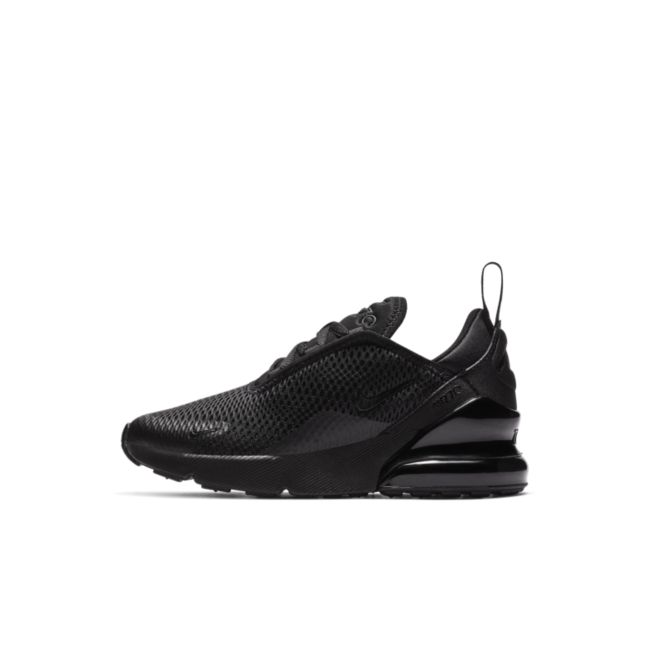
- Nike
- Air Max 270 "Triple Black"
- Kids / Sportstyle / Shoes
- $150

- Nike
- Air Force 1 '07 "Triple Black"
- Men / Sportstyle / Shoes
- $170
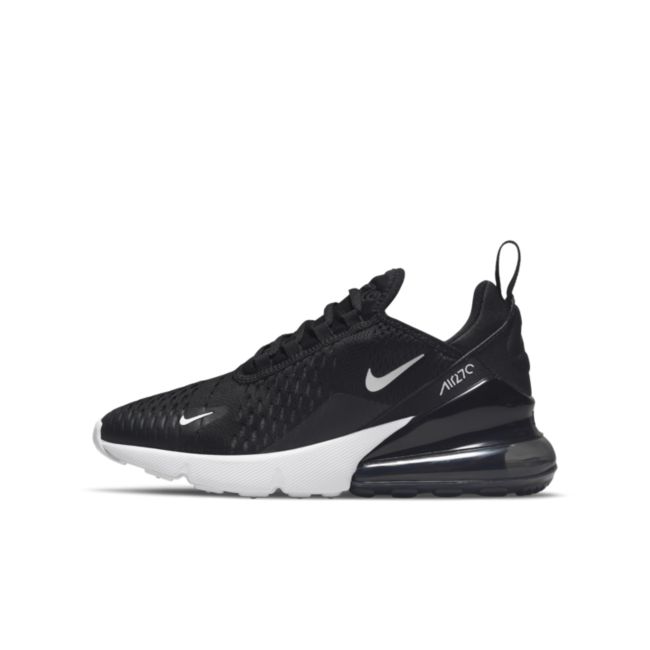
- Nike
- Air Max 270 "Black & White"
- Kids / Sportstyle / Shoes
- $170
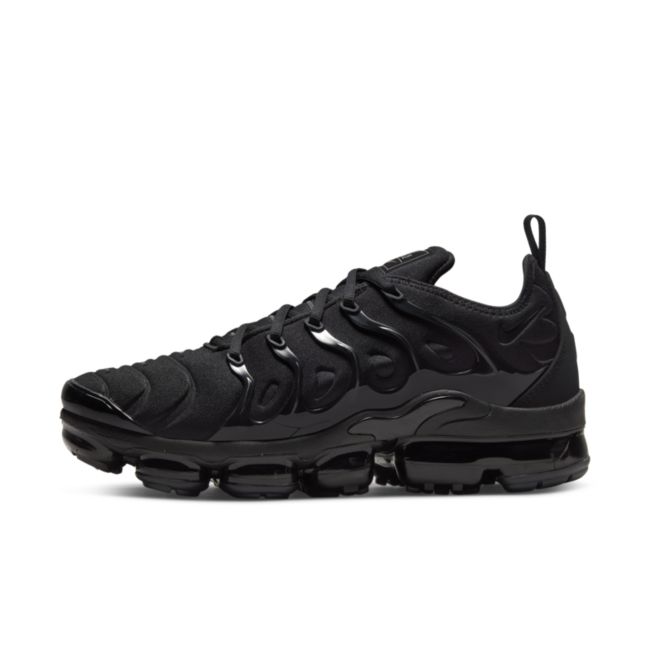
- Nike
- Air VaporMax Plus "Triple Black"
- Men / Running / Shoes
- $290
- Nike
- Air Force 1 '07 WB "Flax"
- Men / Sportstyle / Shoes
- $200

- Nike
- Air Force 1 '07 "Triple Black"
- Women / Sportstyle / Shoes
- $170
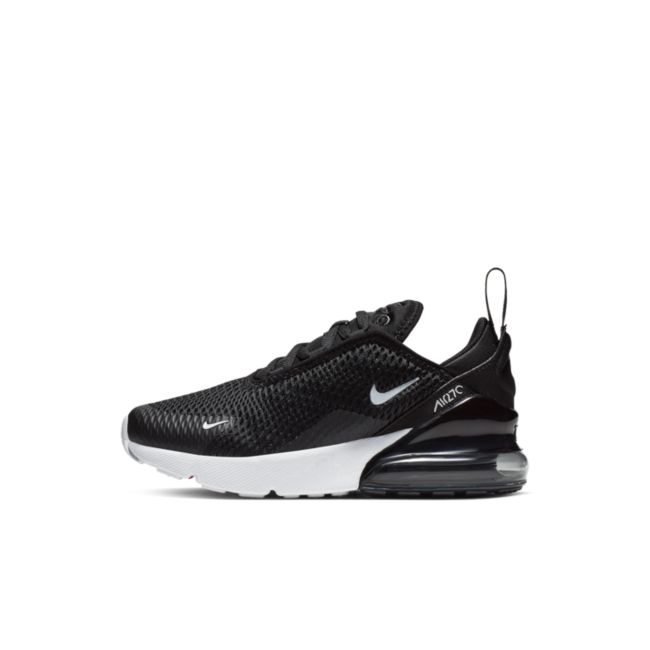
- Nike
- Air Max 270 "Black & White"
- Kids / Sportstyle / Shoes
- $150
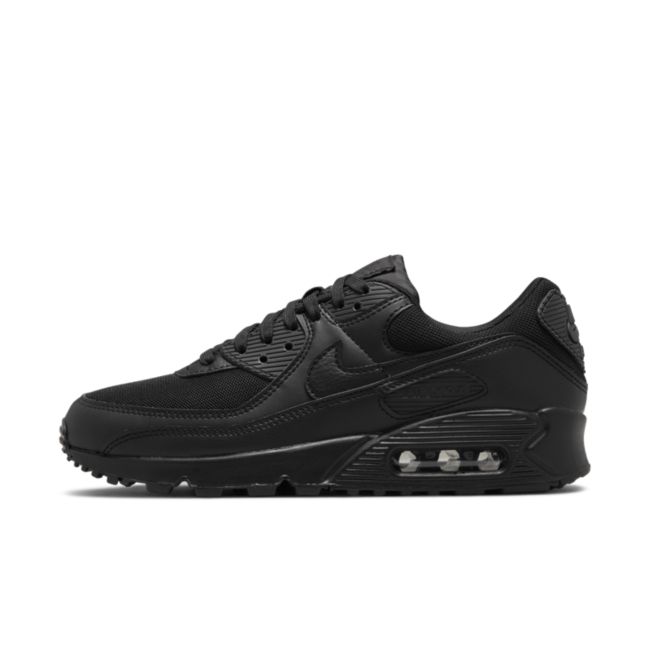
- Nike
- Air Max 90 "Triple Black"
- Women / Sportstyle / Shoes
- $180
- Nike
- Air Force 1 '07 "Panda"
- Men / Sportstyle / Shoes
- $170
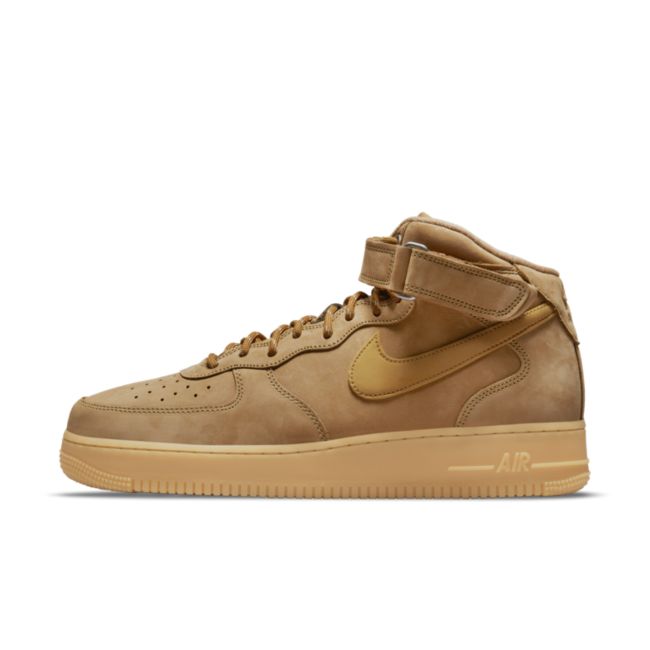
- Nike
- Air Force 1 Mid '07 "Flax"
- Men / Sportstyle / Shoes
- $210

- Nike
- Air Force 1 Low "White & Black"
- Kids / Sportstyle / Shoes
- $120
- Nike
- Air Force 1 '07 FlyEase "Triple White"
- Women / Sportstyle / Shoes
- $170

- Nike
- Air Force 1 '07 "White & Black"
- Women / Sportstyle / Shoes
- $170
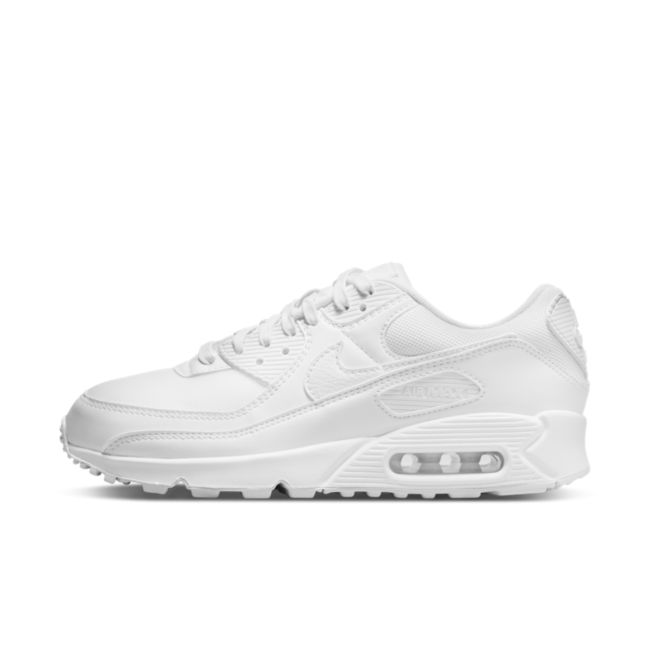
- Nike
- Air Max 90 "Triple White"
- Women / Sportstyle / Shoes
- $180
- Nike
- Air Force 1 '07 LX "Black & Metallic Silver"
- Women / Sportstyle / Shoes
- $119
- Nike
- Air Force 1 LE "Triple White"
- Kids / Sportstyle / Shoes
- $150
- Nike
- Air Max Dn "Black & Metallic Dark Grey"
- Men / Sportstyle / Shoes
- $230
- Nike
- Air Max Moto 2K "College Grey & Ironstone"
- Women / Shoes
- $140
- Nike
- Air Max Moto 2K "Wolf Grey"
- Women / Shoes
- $140
- Nike
- Air Force 1 '07 Realtree "Rattan"
- Men / Sportstyle / Shoes
- $140
- Nike
- Air Max Moto 2K "White & Black"
- Men / Sportstyle / Shoes
- $133
- Nike
- Air Max Moto 2K "Black & Metallic Dark Grey"
- Men / Sportstyle / Shoes
- $190